Stories from the space in-between: British artist Tris Vonna-Michell and his film “Registers” at the DOUBLE FEATURE.
What are images, or, more precisely, photos, able to reveal about reality? Are they its likeness, or rather an interpretation of it, conveyed as though by magic from the darkness of the negative through light? In Michelangelo Antonioni’s film “Blow up”, released in 1966, a photographer almost coincidentally observes and photographs a couple in a park. Did he capture his perception of reality, or an independently existing outside world?
Processing the film, the photographer observes some strange things: Is there a gun pointing outwards from a clump of shrubs that he had not previously noticed? Was his camera witness to a murder that he himself did not even notice when on site? And indeed, as Antonioni’s protagonist hastily develops the following photographs on the film, he thinks he is able to make out just that as the images slowly appear through the interaction of the material with the photographic chemicals: a crime, and finally also a corpse. But the closer he examines the images according to their representational content, the less clear the later becomes. The more he magnifies the photo, the less it becomes clear, what remains instead of true reality are some grainy dots of image, fuzzy visual marks that could mean everything or nothing.
And then the fog
While Antonioni addressed questions of reality, time and even perception as a whole in his acclaimed feature film, the inclined viewer may find similar lines of questioning in British artist Tris Vonna-Michell’s (born 1982) work, which in his case takes the shape of artistic audio slides. First and foremost, “Registers” shows photographs, taken both in melancholic black and white as well as in color. Background noise used in film or radio to convey the spatial impression of a certain place fills the soundtrack. Then a voice, belonging to the photographer-artist himself, speaks about a camera. A heavy camera, it is unclear whether it even works.


And then there was always fog there. The narrator goes on to say that he had continued to take photos the entire time. “Registers” sees the narration recited in its close to 12 minutes escalate from a casually performed anecdotal form to a stream of consciousness-esque beat poetry. The narrator’s words become faster and faster and threaten to overturn. Certain words are constantly repeated: Exposure, clean, right hand, left hand, fog, pollution, room. The images on the other hand reveal no such excitement, they merely show a secession of cityscapes, people, close-ups and macro views, all taken in Japan.
Attention to detail beyond recognition
In 2001, Tris Vonna-Michell spent some time in Tokyo. Having lost all of his money, he slept on the street for a couple of weeks before finally being taken in by a mentally disturbed hostess who had formerly studied art in London. In 2008, Vonna-Michell returned to Japan – his photographs for “Register were taken during that time. So is this someone addressing their past by way of images, reconstructing their own history? The images provide no indication either way. A story told in voiceover veers between vague and intensely focused on detail, making all clarity impossible.

Vonna-Michell further heightens this ambiguity at the formal level. At times, he projects the photographs onto a water surface, with the images beginning to waft. Tris Vonna-Michell draws on this imposing admixture of impressions, consisting of the combination of almost entirely independent image and sound levels, time and again. He did so in 2013 in the mixed media installation “Postscript,” which employs his own photographs as well as archive material and approaches the personal history of his mother, who is from Berlin, intercut with accounts of the Cold War by his father.
Focusing on blanks
Takahiko Iimura’s experimental film “MA: Space/Time In The Garden Of Ryouan-Ji” from 1989 will be shown in the second part of the evening. Following the title, the film looks at the Japanese word “Ma” (間), which may be understood as the space or gap between structural units. The camera slowly pans over the zen garden of Ryōan-ji temple. The viewer’s eye automatically focusses on the groups of mossy stones encompassed by white pebbles. The image is accompanied by a soundtrack of percussive sounds and their strong reverberations. After the camera has swept once across the length of the garden, an intertitle prompts viewers to pay attention not to the objects or the sounds, but to the distance and pauses between them.

Blank spaces define events, which consequently become disruptions of the substance “empty/eventless space”. And so in a certain sense experiences are formed from these non-events. And it seems to be these blanks that make the difference in the whole with Vonna-Michell, too. By occupying the gaps between what is shown and what is heard, they give rise to a story of their own in the viewer’s perception. Similar to the grainy dots of image that are the only thing to remain as a result of the largest blow-up in “Blow up” and that seem to harbor an independent world of events of their own. It is as Jochen Distelmeyer once sang: “A distinct history of pure presence collects and piles up around me all by itself”.


At the mercy of waiting
Artist Bani Abidi is dedicated to the dark absurdities of everyday life. In her video work "The Distance from Here" bureaucracy takes over and waiting...
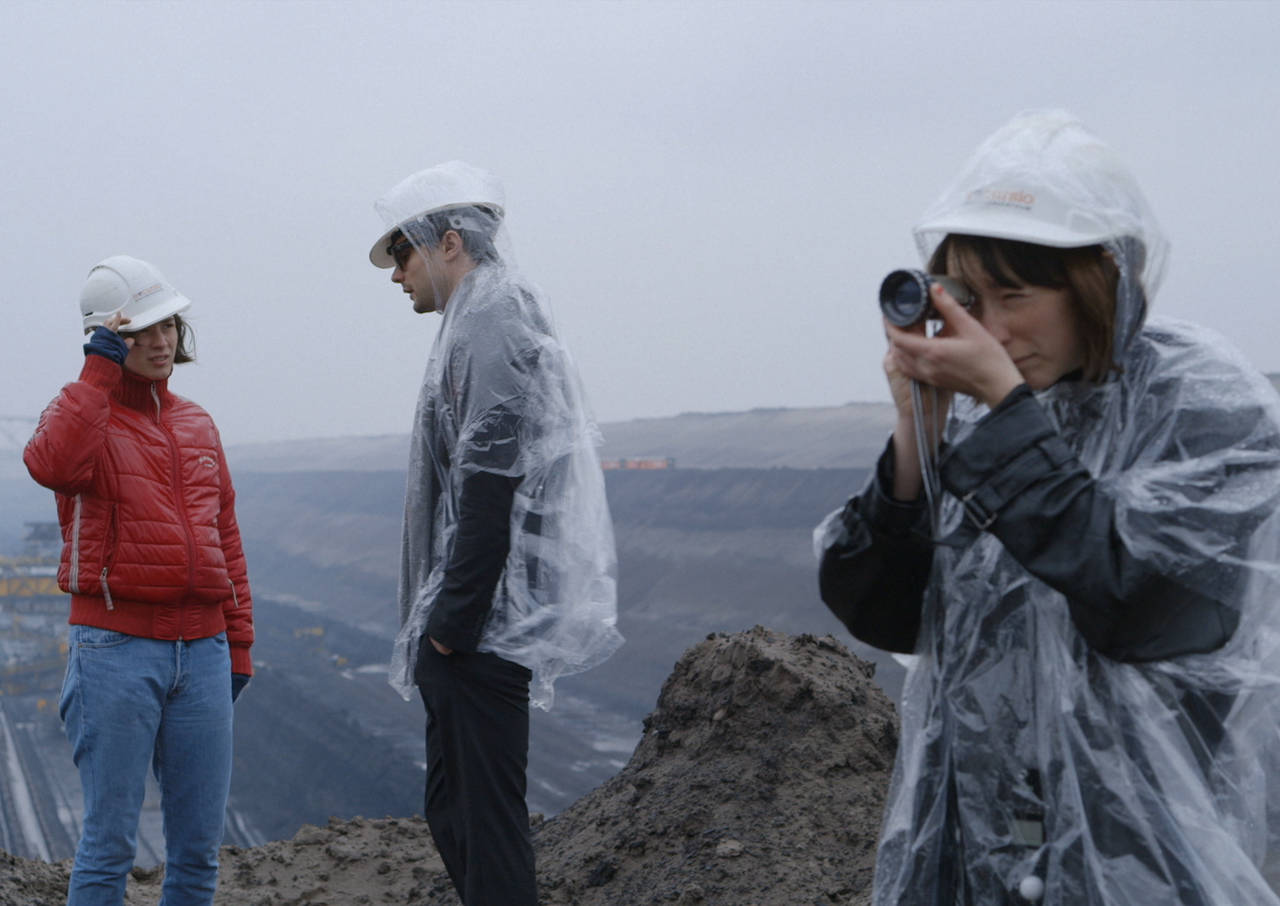
“Please don’t make a film about Godard!”
A film about filmmaking sounds a bit meta. But Kristina Kilian’s video work takes us on a ghostly journey through Godard’s Germany after the fall of...
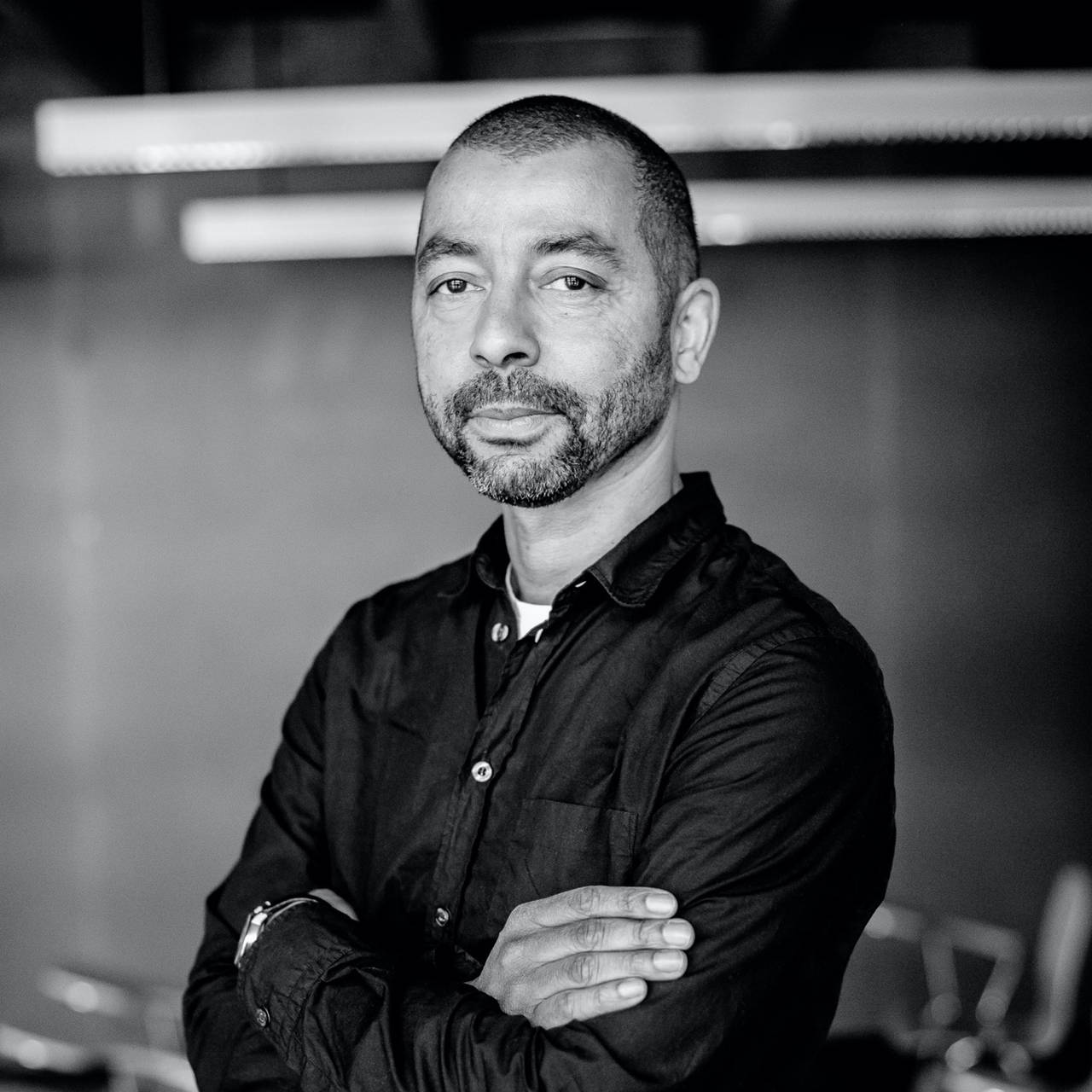
Black is not a Color
In a film series, Oliver Hardt combines the themes from Kara Walker’s work with the perspectives of Black people in Germany. In conversation with...
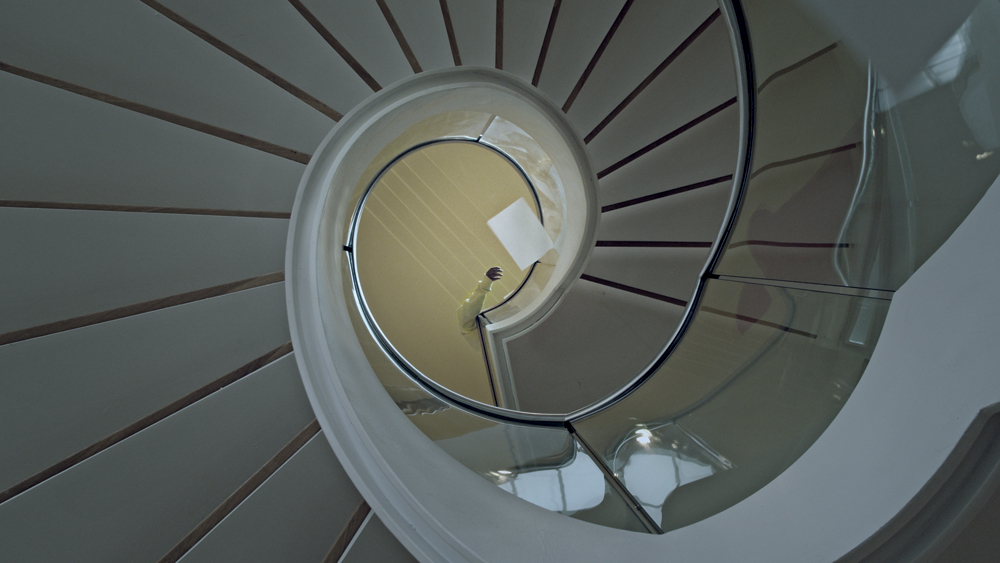
How do we Remember?
In which places does history become visible? And what do we remember at all? Maya Schweizer begins her search for clues in the sewers and slowly feels...
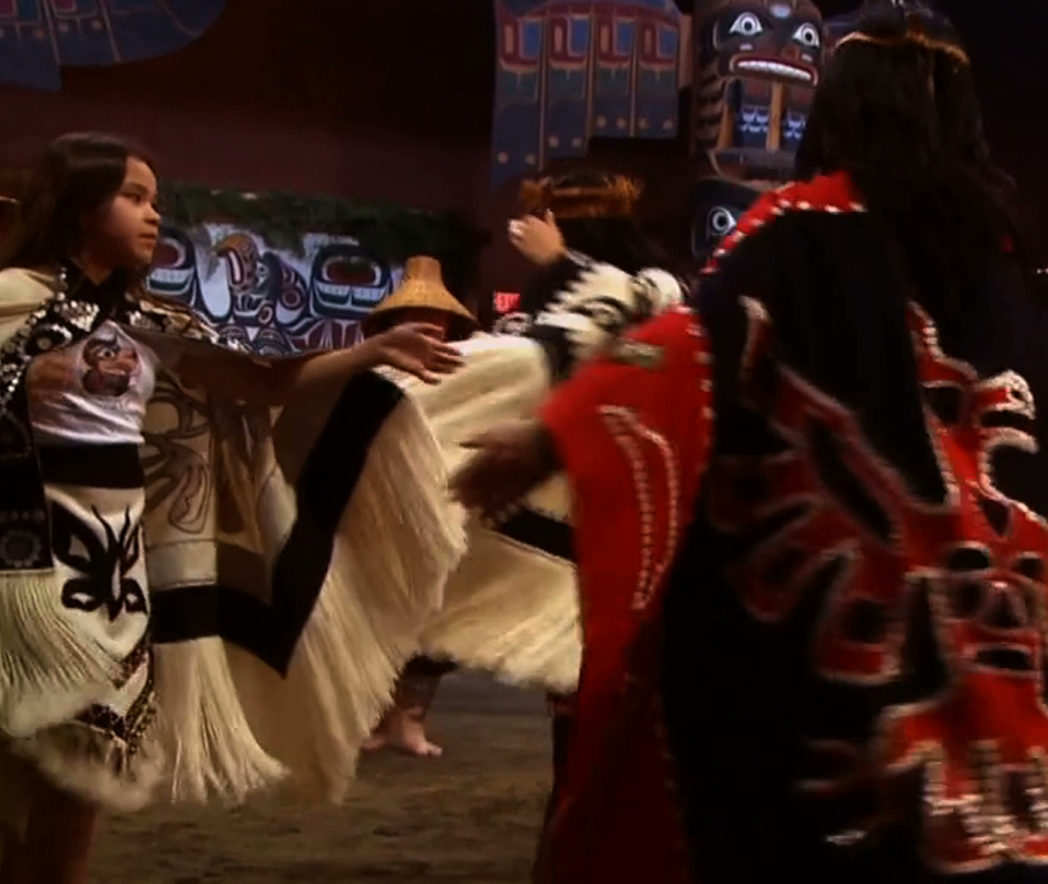
Film highlights from South and North America
How can we break with the power relations of the past and create a decolonial future? A look at the representation of Indigenous women in film.
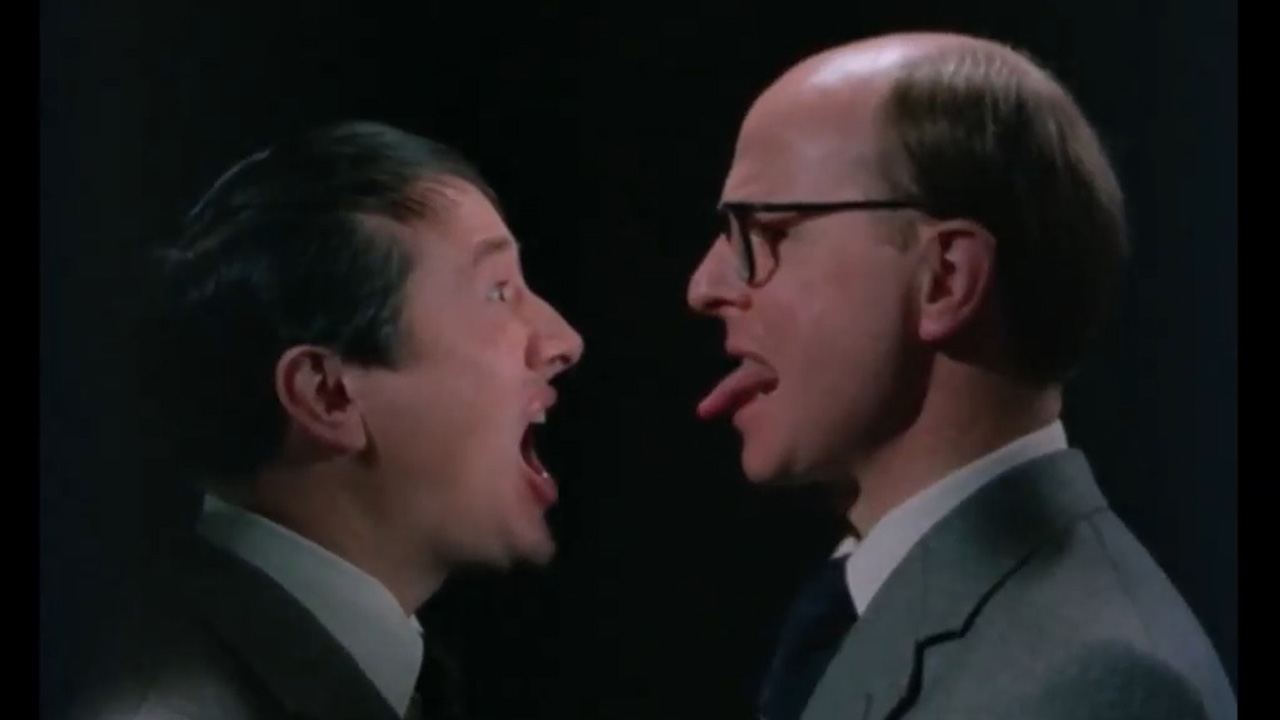
Must See: The World of Gilbert & George
Eccentric, fascinating, repulsive, entertaining and full of symbols: “The World of Gilbert & George” is a collage about the artifice of everyday life...
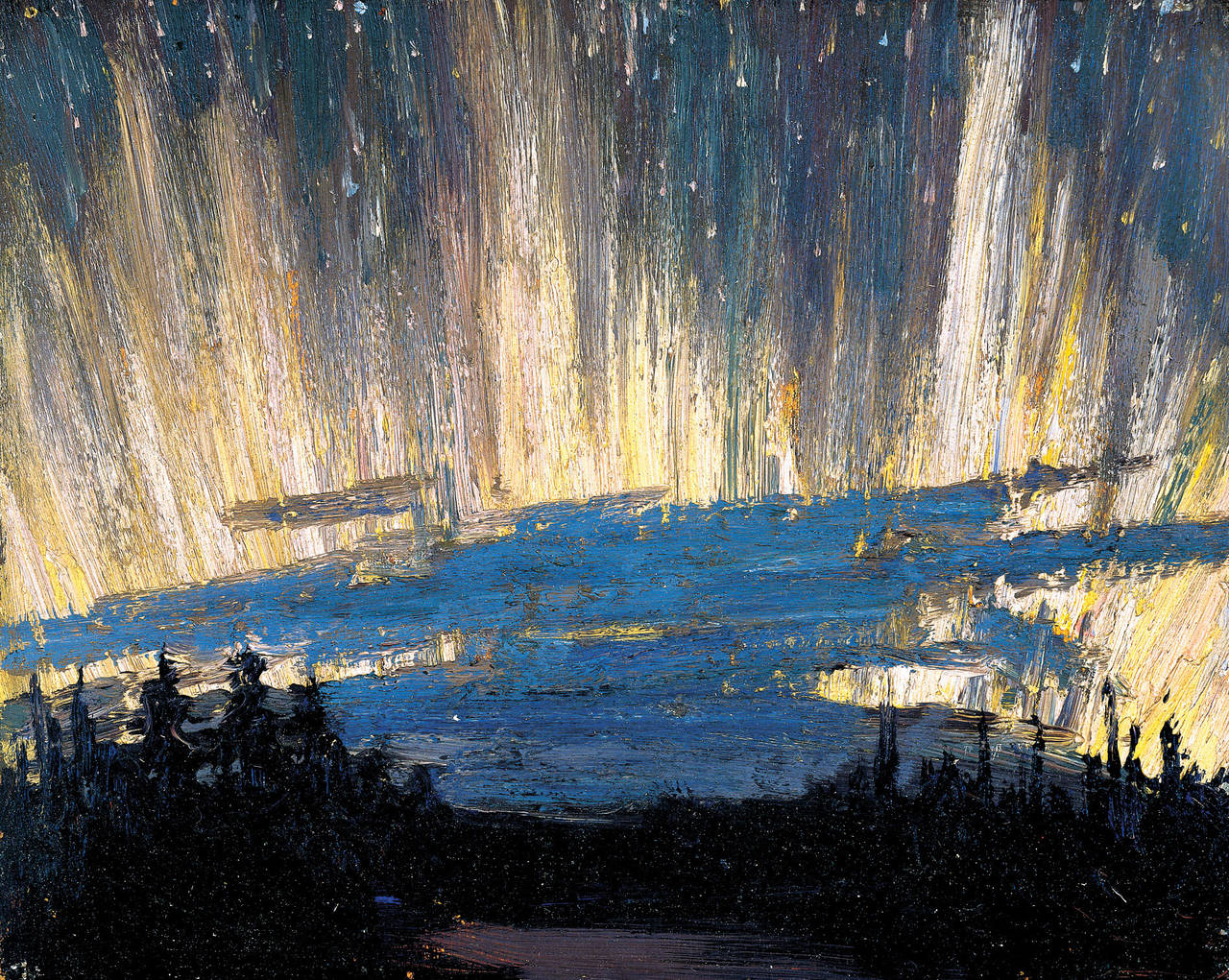
Spring is coming, and so is Magnetic North
For the first time in Germany, principal works from Canada’s major collections are on view at the SCHIRN. At the same time, the exhibition examines...
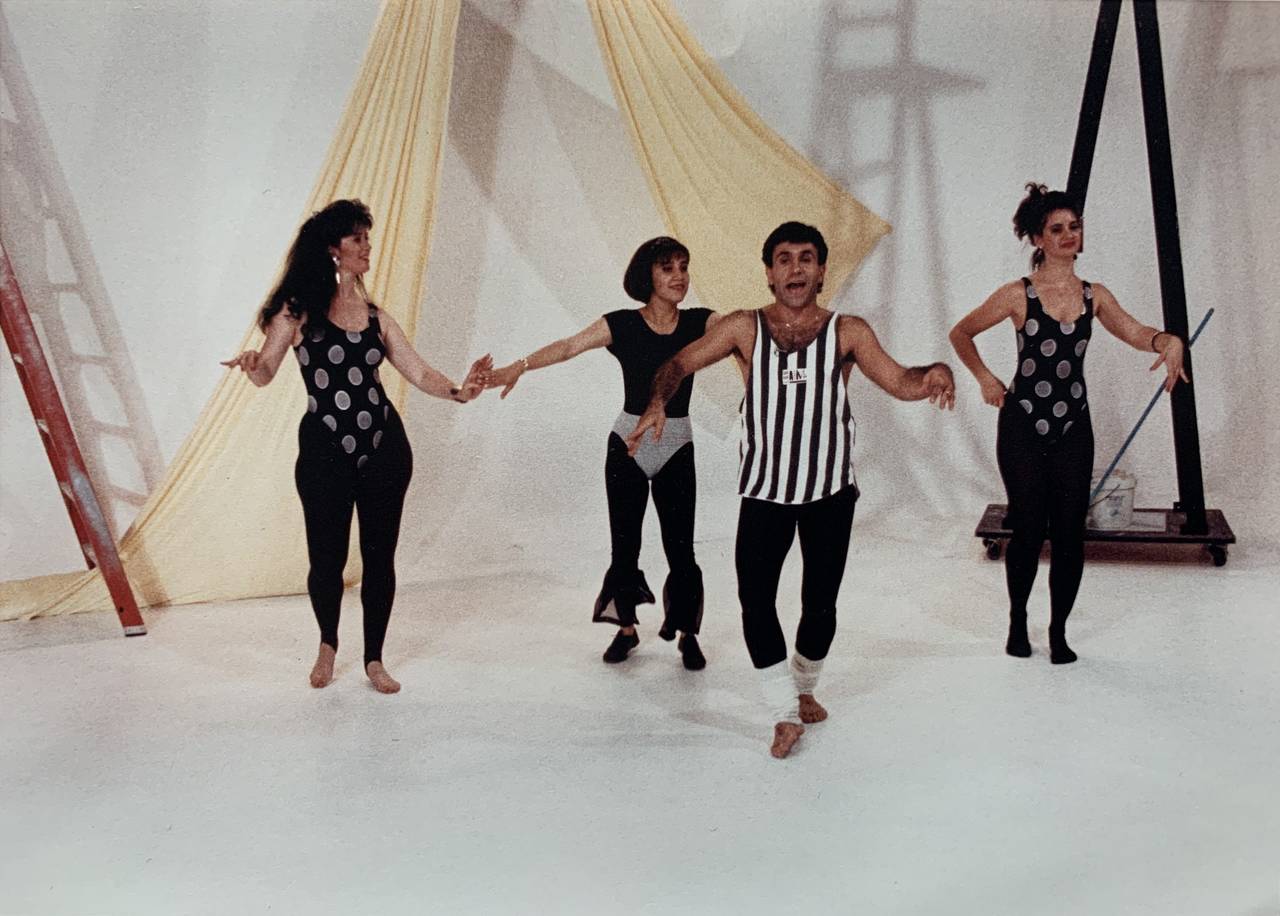
A Revolution in Iranian Dance
After the Iranian Revolution a nationwide dance ban was issued. It was subverted by smuggled video cassettes of dancer-in-exile Mohammad Khordadian,...
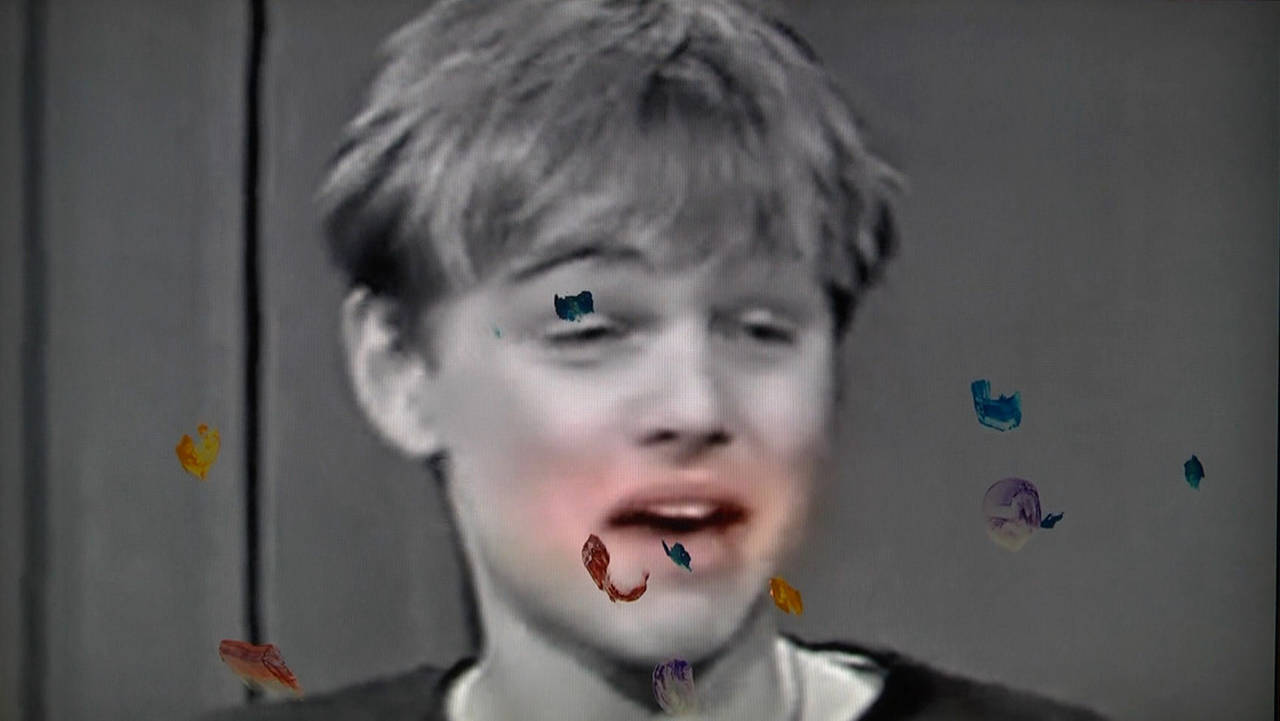
How to perform painting
This is perhaps the best way to describe the work of video artist Angel Vergara: Art history meets pop culture, the artist himself appears as a...
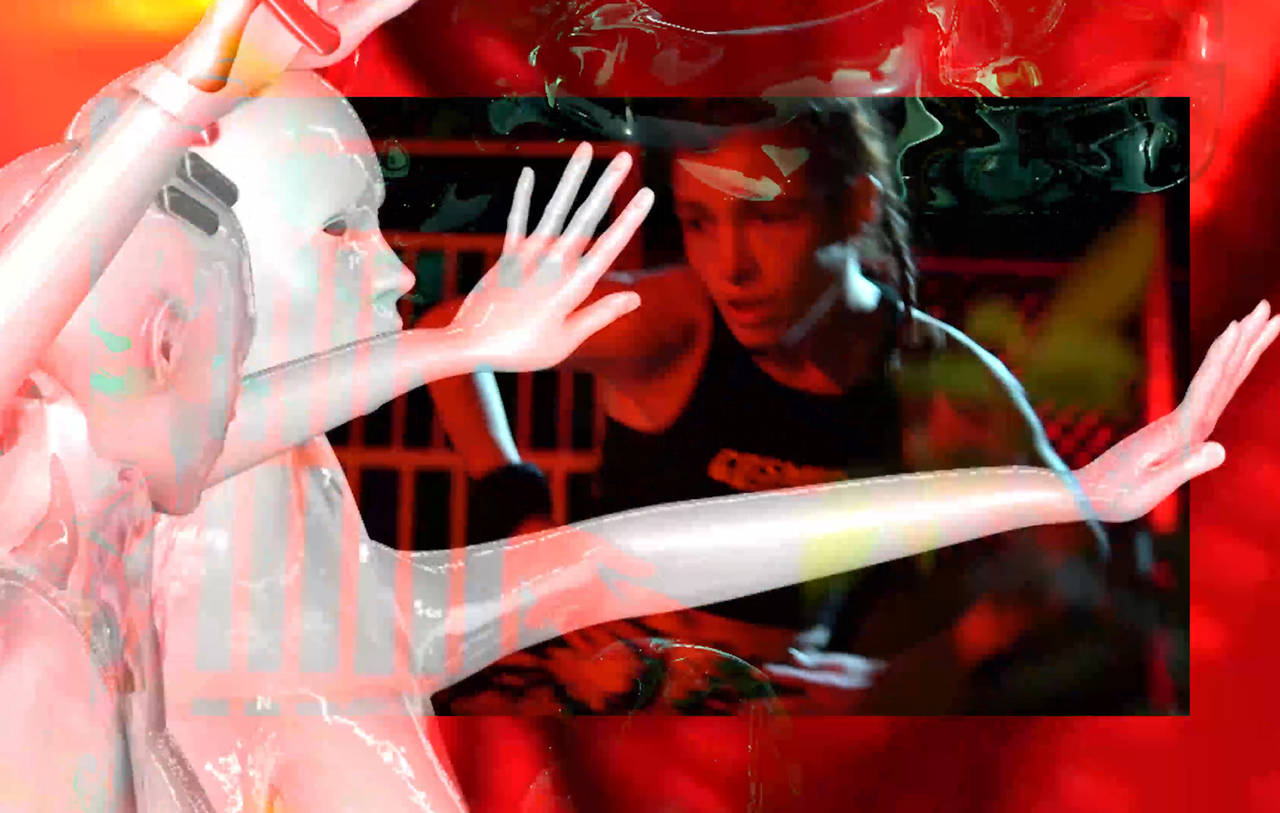
About the resistance of our bodies
Hypnotic dances and hybrid beings in cyberspace: Video artist Johanna Bruckner transforms the human body into digital matter.
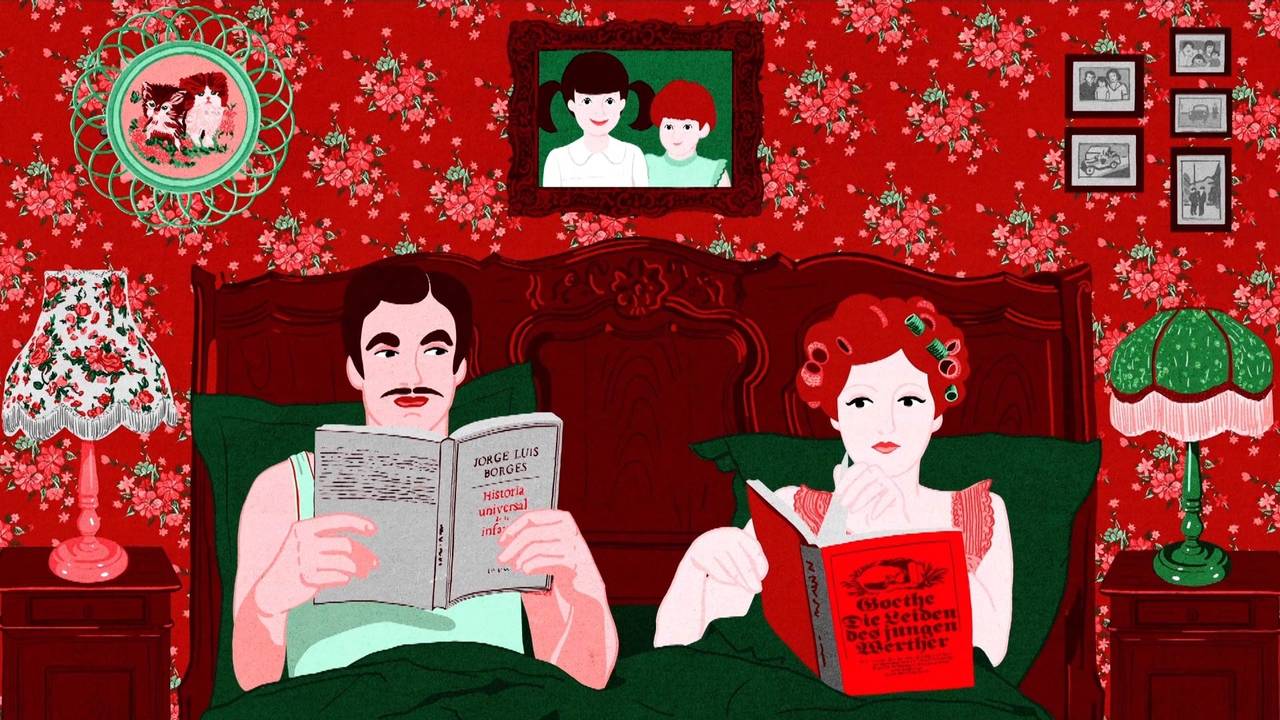
More than a Honeypot
Young, beautiful and dangerous: the prototype of the Bond Girl still shapes the cliché of spies. Author Chloé Aeberhardt on the reality of espionage...
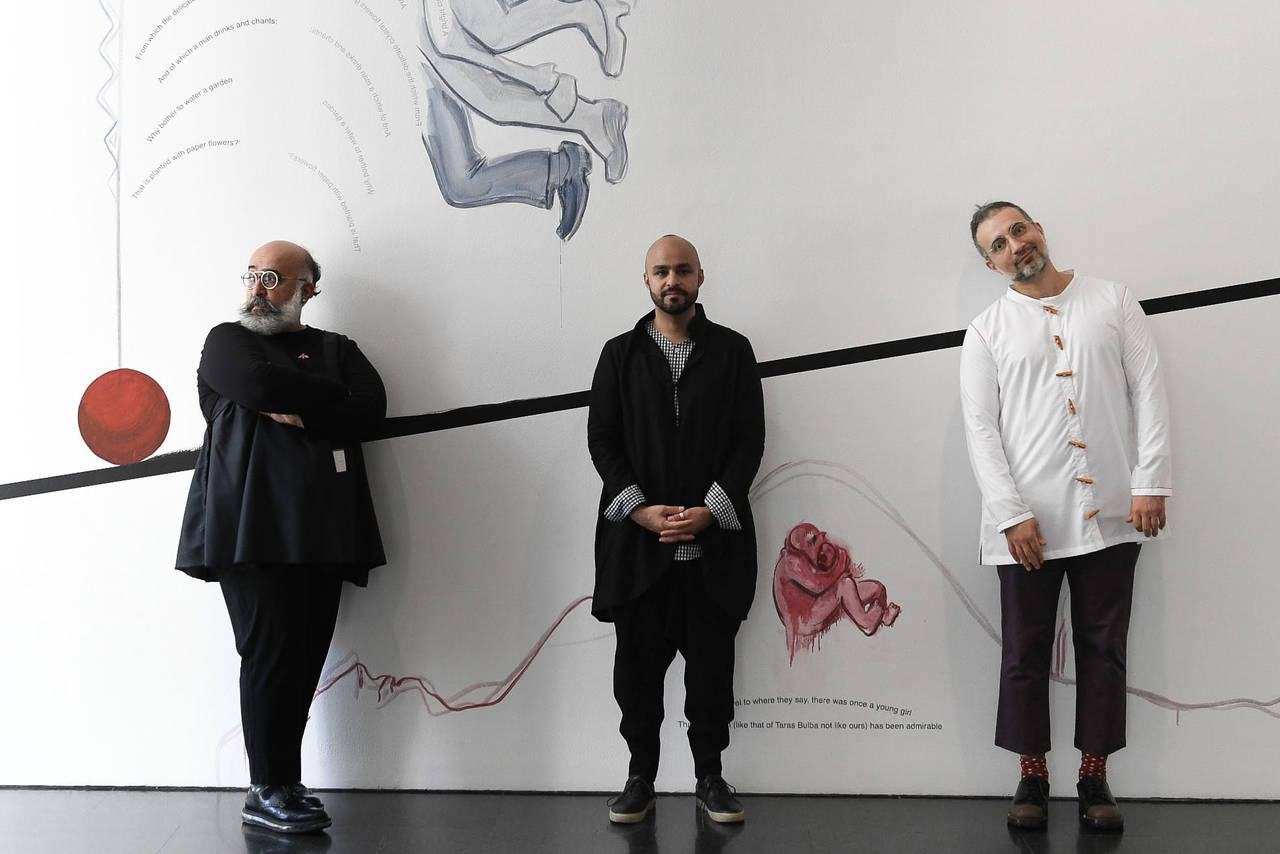
How to create the unexpected
About life in exile, anarchic art, and the “black milk” of the earth: The art historian Media Farzin met her old friends Ramin and Rokni Haerizadeh...